One evening in 2021, my wife abruptly pressed a book into my hands, telling me that I needed to read it. The book was Elena Ferrante’s The Lost Daughter. When I asked her what was so urgent about it, she replied, just a little testily, “Well, you’re writing about anger, aren’t you? If you’re interested in women’s anger, you can’t not read this.” It was the story of a lone woman on holiday, living in the shadow of her decision years before to leave her husband and young daughters in a fit of desire for an unencumbered life. As the novel sucked me into its vortex of female fury, with Leda, its narrator, “screaming with rage” at the burdens of maternal responsibility, my wife’s insistence that “You need to read this” began to weave itself into my reading of the book, creating another front in its violent ambush on my nerves. When I finished the next morning, I found myself asking what it was my wife wanted to tell me. Did she want, after 22 years and raising three boys, me to hear her “screaming with rage”, at them, at the world, but mostly at me: “Do you get it now?”
Is there a more reliable source of rage than marital life? The angry strife of couples is a mainstay of comedy, tragedy and melodrama. Jane Austen’s plots drive towards the declaration of love and the gleefully accepted marriage proposal. But these happy endings are woven into stories peopled by married couples riven by resentment and deep mutual alienation. One has the impression that Emma Woodhouse’s mother preferred to die than spend another day married to Mr Woodhouse.
These contrasting images, the happy glow of the bride and groom and the disaffected frown of the long-term couple, bring out the paradox that the love and companionship we spend so many years yearning for turns out to be the root of so much frustration.
Perhaps this stark contrast has something to tell us about why long-term relationships arouse so much anger. In it we see a young couple radiating love and hope, fully invested in their life partner as best friend, confidant and lover. Almost every new couple, in other words, begins their life together with a sentimental ideal of coupledom as a haven of affection and support. There is little room in this version of the future for the more difficult feelings that arise between couples over time: resentment, disappointment, hate and anger. The effect of this is to turn anger into a kind of emotional foreign body in the marital bloodstream, an alien presence that shouldn’t be there.
But what if we have this wrong? What my wife’s gift of the novel was communicating, I think, was that the ordinary run of marital and family life provokes levels of anger — around unequal divisions of domestic labour, a dearth of affectionate or sexual attention or of emotional support or financial contribution — that we’re too fearful to acknowledge. Too often, this leads to a build-up of resentment that erupts in explosive rows and bitter stand-offs. What if, instead of assuming a normative state of harmony and mutual ease in marriage, we began from the premise that rage is built into the matrimonial set-up, and might even be necessary to it?
Anger is a feeling: an emotional state rather than a performed action. This distinguishes it from its more dangerous cousin, aggression, which involves the drive to do things in the real world and which can produce violence, conflict and fear.
The root of aggression is, perhaps surprisingly, a fear of dependency. When we resort to screaming rows or coiled, furious silence, we are discharging our anger in reflexive behaviours rather than really feeling and speaking it. In other words, we are tacitly choosing aggression over anger, action over feeling. This impulse is both inevitable and human. When we’re hurt by the person we love most, we’re put in contact not only with feelings of rage and disappointment but, more fundamentally, dependency and helplessness. It is easier to shout at or insult a partner than to acknowledge the fact, which in moments of vulnerability can feel so humiliating, that we need them.
Marriage is the willing entrance of two people into locked-in proximity. It places us in close range of another’s needs, desires and anxieties, all of which arouse and amplify our own. The question seems to be less “Why would marriage make us angry?” than “Why wouldn’t it?” How could intimacy with another person not provoke at least occasional feelings of desperation, isolation and rage?
The story of a patient of mine (disguised to protect confidentiality) might help us to think about the ways anger can corrode a nine-year marriage, as well as how it might change it for the better. Few people I’ve seen in the consulting room have arrived more cut off from their own vulnerability than Stella. In our first meeting, she told me she’d come on account of her marriage becoming intolerable. Max was “irredeemably useless” as a husband, father and lover, for all his talent as a cardiologist. “He knows all about hearts,” she said archly, “with the mysterious exception of mine.”
Our sessions quickly became brutal yet forensically precise dissections of Max’s manifold incompetencies. He would dress their little girl with her skirt on back to front, drone on at dinner parties about advances in coronary medicine. He could go a week without asking Stella a single question about her life but come the weekend he would clunkily propose “You know . . . a bit of fun upstairs?”
I realise now that in those early weeks I was too ready to ride the wave of Stella’s biting wit, to enjoy these attacks as though they were performances rather than an expression of deep anger. Her unhappiness came home to me a few months into treatment when, pale and downcast, she announced that her husband had left her, telling her that she clearly had no use for him.
Too disorientated to speak, I responded with silence, provoking an avalanche of enraged and no doubt overdue reproach: “That was one big, expensive miss, no Prof? You are the psychoanalyst! Why didn’t you say something instead of just sitting there uselessly?”
Then it came to me. Stella had been furious with me all along. The man she’d been talking about and eyerolling all those weeks, the man who knew neither how to listen nor how to communicate, who might have a good enough reputation but was no use to her wasn’t only her husband. It was also me.
This is a well-known phenomenon in psychotherapy known as transference, in which the relationship with the therapist replicates previous patterns of relating. To make sense of those patterns, Stella needed not just to describe them to me, but to play them out, to become as angry with and contemptuous of me as she was with her husband and so many other figures in her life.
Hundreds of hours of self-reflection spanning seven years followed. Stella came to see that her character had been formed, above all, by her relationship with her mother, who had given up fulfilling work as a GP to raise her and her sister. Having assumed she would take to child rearing with ease and pleasure, her mother was in some shock at the sheer boredom and nervous exhaustion motherhood induced in her. She had seemed to Stella forever on the verge of unravelling.
Stella’s brutally high-handed irony was rooted in a repudiation of her mother’s neediness and sensitivity. If she cast everyone around her as useless, she could never be made to feel dependent on anyone. She cultivated a rage that helped shore up her invulnerability and confirm that no one, not her husband nor her psychotherapist, could give her anything — love, interest, pleasure, care — she really needed.
If she now wanted her husband back, and needed an analyst to understand herself, then who was she? In therapy, she began to enter regions of herself she’d long avoided, most of all the abandoned child with a yearning for a mother’s curiosity and attention, and a rage at the failure to provide it. Our work opened her eyes to how depriving her default mode of contempt had become, how much it had deepened the isolation she’d sought to protect against.
If Stella’s marriage was now long beyond repair, she herself wasn’t. A shift occurred in her relationship to herself and others. She no longer viewed Max with exasperation, finding in herself both sadness and compassion for the emotionally fragile man who had simply wanted to love and be loved by her.
She became different with me too. Instead of incinerating her humour, her anger gave it just enough heat. Being angry, she realised, could be a way of feeling rather than annihilating her feelings.
Perhaps here we can discern the contours of a different kind of relationship, one in which strong and difficult feelings might be used to strengthen intimacy rather than corrode it. Stella and Max had both entered the marriage imagining that it would fortify them where they were most vulnerable, that she might become less fearful of her own emotional needs and that he would become more robust, less squeamish of conflict and hostility.
The opposite happened. And in here lies a lesser-recognised truth. Real intimacy not only renders the other person more familiar to us, but also brings into relief the depth of their difference from us. What neither Stella nor Max could do was recognise and embrace the latter. Stella was enraged that Max wasn’t tougher, Max was dismayed that Stella couldn’t be softer.
What they couldn’t do was give one another the space to feel differently. Intimacy is not just about the pleasure of easy harmony; it’s also about making space for difficult and unsettling feelings to be spoken and heard. This allows anger to be experienced as an essential dimension of love, rather than a hostile force wearing it away.
When my wife handed over the Ferrante book, she was choosing not to scream at me in rage. She was telling me, I think, that she wanted me to know something about her experience of motherhood and marriage that I hadn’t been aware of, even she hadn’t been fully aware of herself. Perhaps that’s why she communicated it through someone else’s words.
I’d like to think that if we stopped thinking of rage as an aberration, our most important relationships might ultimately become more peaceful. Can we learn to stop fearing the anger of those we love most and start expecting it?
Josh Cohen is the author of “All the Rage: Why Anger Drives the World”, published by Granta on October 10
Follow @FTMag to find out about our latest stories first and subscribe to our podcast Life and Art wherever you listen

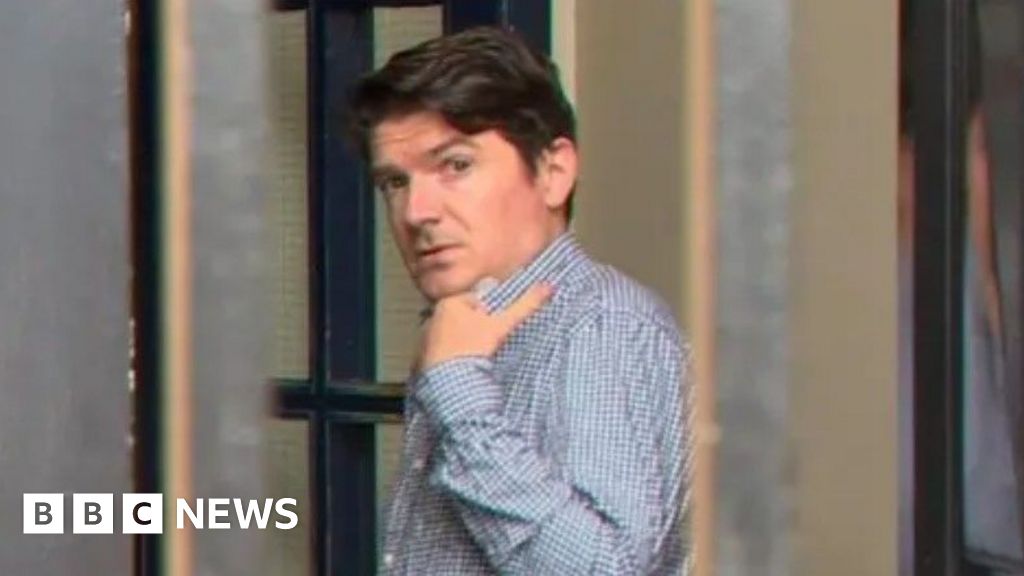



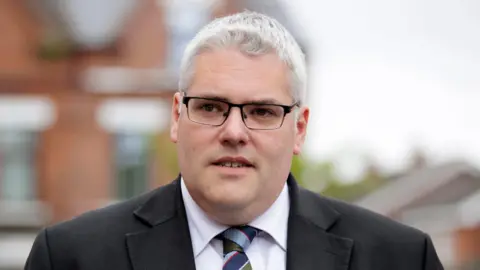
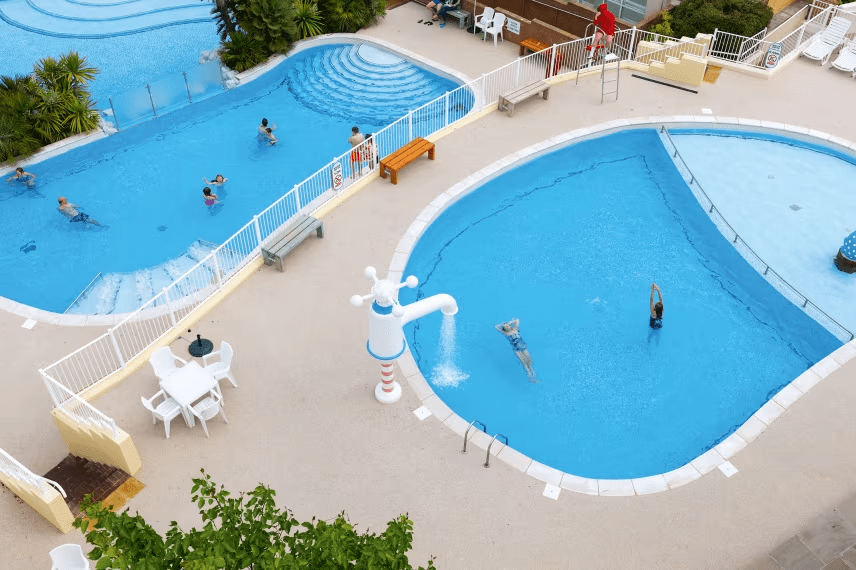




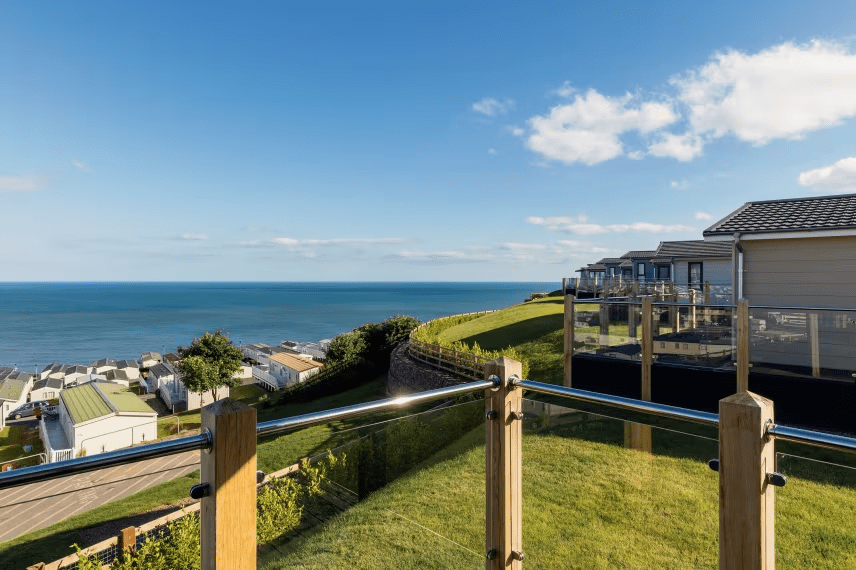
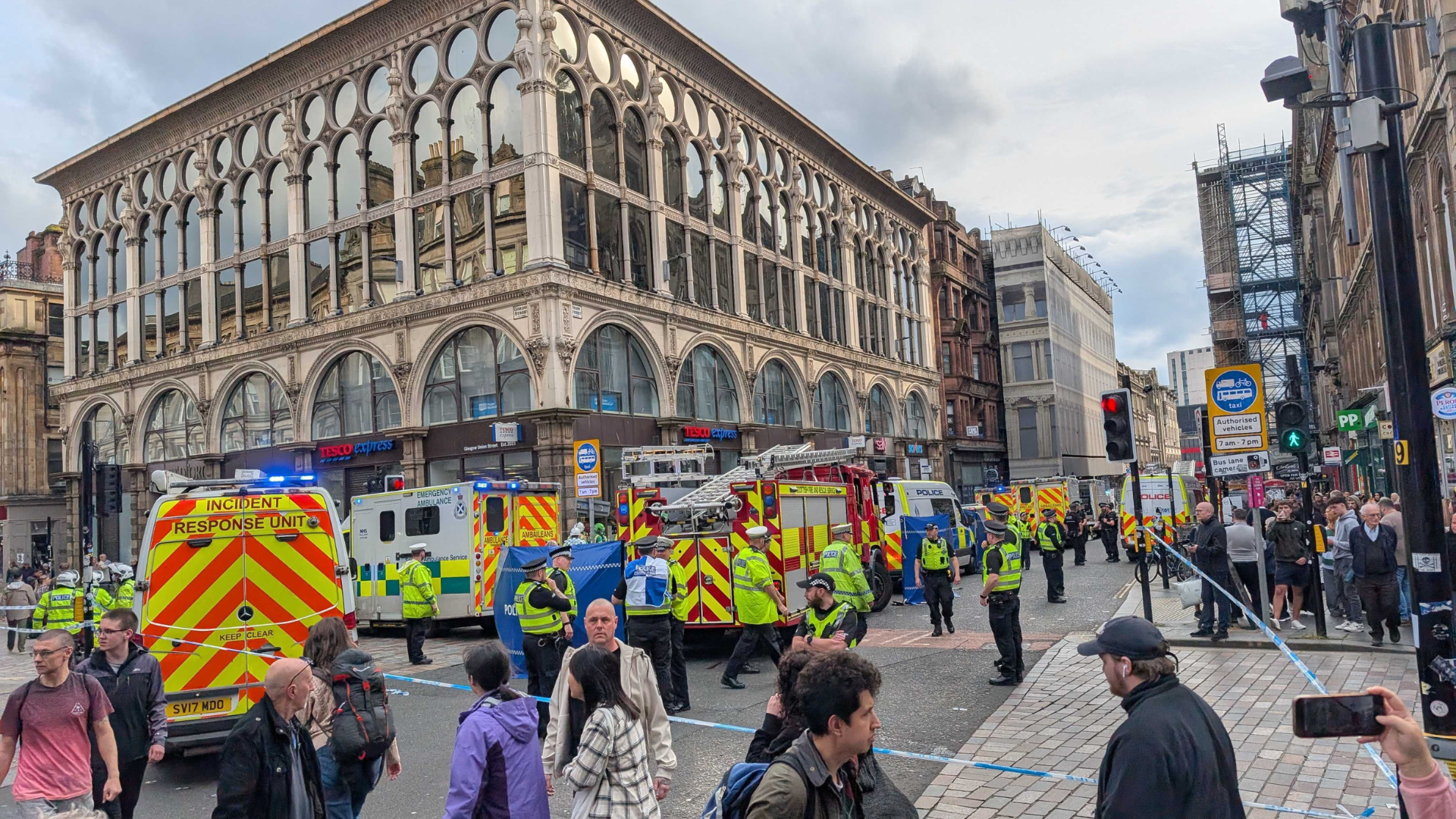






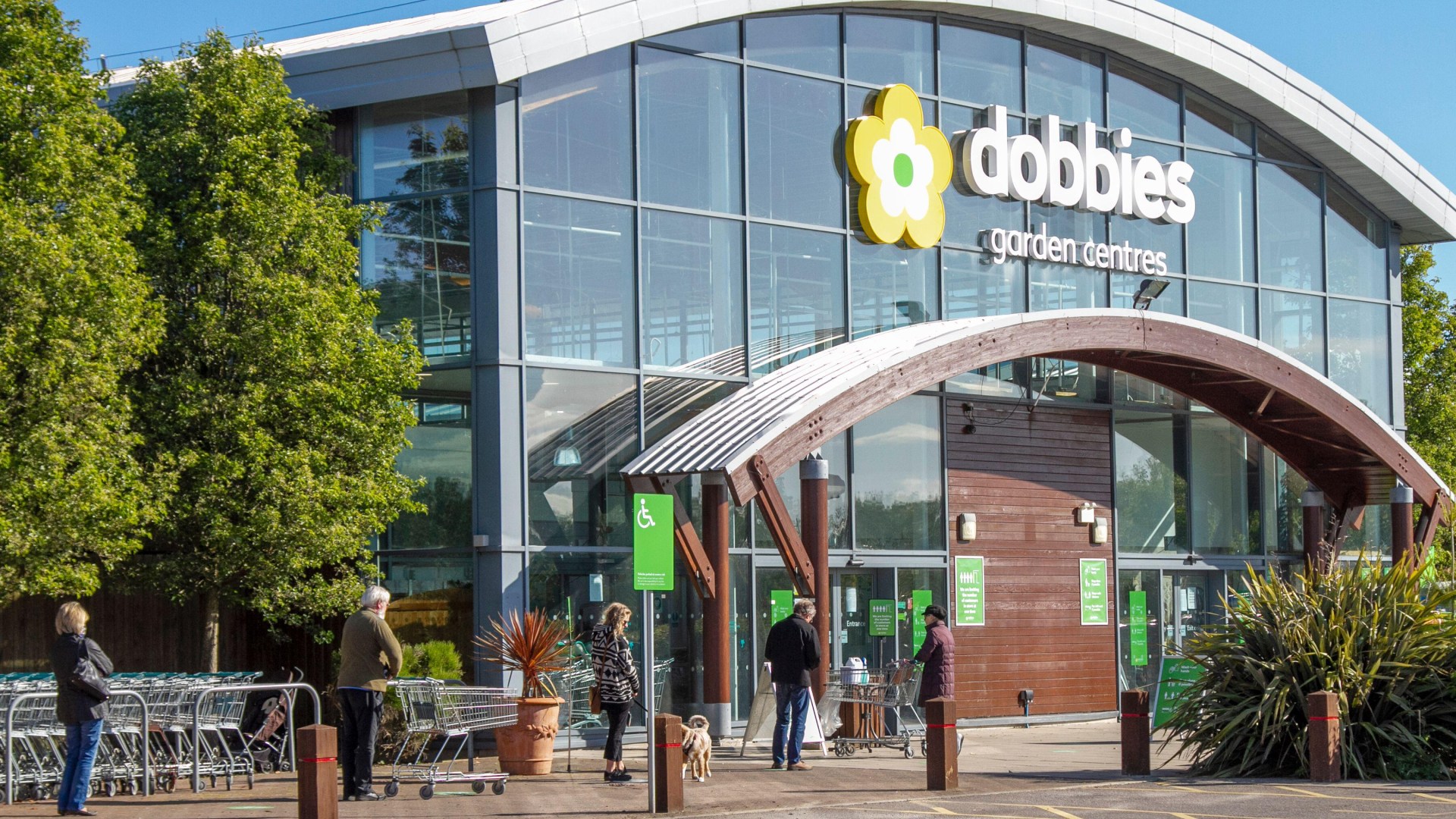






























































































































You must be logged in to post a comment Login